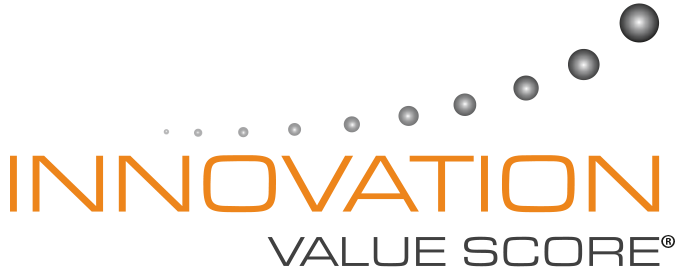Introduction:
In today's rapidly evolving business landscape, innovation is the driving force behind long-term growth and success. As Business Owners, Corporate Leaders, Product Development Teams, and Sales Professionals, you play a crucial role in fostering a culture of innovation within your organizations. In this blog post, we will explore a practical approach to adapting innovations for sustained growth, aligning them with your long-term goals, and overcoming common challenges along the way.
Understanding the Dynamics of Innovation:
Innovation, in a business context, refers to the creation and application of new ideas, products, processes, or marketing strategies that lead to improved outcomes and competitive advantage. By embracing innovation across different dimensions – product, process, organizational, and marketing – your company can stay ahead of the curve and achieve sustainable growth. However, it's essential to recognize and address the challenges faced by businesses in implementing innovations effectively. Authors from the economics essay writing service in their research can suggest how to solve a specific problem that may be related to both risk management and the search for sources of financing.
Creating an Innovative Culture:
To thrive in an increasingly competitive market, fostering an innovative culture is paramount. Encourage creativity and idea generation among your employees by providing them with the autonomy and support needed to explore new concepts. Establish a safe space for experimentation and risk-taking, where failure is viewed as a stepping stone to success. Empower employees at all levels to contribute to the innovation process, as great ideas can come from anyone within the organization.
Aligning Innovations with Long-Term Goals:
Before embarking on innovation initiatives, define your long-term growth objectives and vision. Identify innovation opportunities that align with your business's core strengths and complement your existing capabilities. Evaluate potential risks and rewards associated with innovation efforts to make informed decisions. Lastly, ensure that innovation becomes an integral part of your overall business strategy rather than a disconnected endeavor.
Implementing Innovation Frameworks:
To streamline innovation efforts, consider adopting established frameworks. The Lean Startup Methodology is ideal for Product Development Teams, as it emphasizes rapid prototyping and learning from customer feedback. Design Thinking principles can aid ideation and customer-centric innovation, helping you understand your customers' needs deeply. Agile methodologies facilitate iterative and adaptive implementation, allowing for course corrections based on real-time feedback. Select the most suitable framework that aligns with your organization's needs and goals.
Leveraging Customer Feedback and Market Insights:
Customers' feedback is invaluable in shaping innovative solutions that truly address their pain points and aspirations. Utilize market research and data analysis to identify emerging trends and untapped opportunities. Involve customers in the co-creation process, seeking their input and collaboration throughout the product development journey. Implement continuous feedback loops to adapt and improve your innovations over time, ensuring they remain relevant and effective.
Overcoming Barriers to Innovation:
Innovation often faces resistance, both internally and externally. Identify and address internal resistance by fostering a culture that embraces change and continuous improvement. Navigate regulatory and legal challenges by proactively seeking compliance and staying updated on industry regulations. Mitigate financial and resource constraints by prioritizing high-impact innovation projects. Embrace failures as valuable learning experiences, refining your approach and using setbacks as stepping stones to eventual success.
Scaling Innovation for Long-Term Growth:
Successful innovations should not remain isolated; they must be scaled across the organization to maximize their impact on growth. Create a roadmap for scaling innovations, outlining the steps and resources needed for implementation. Establish metrics to measure the effects of innovations on business outcomes, ensuring you can track progress and make data-driven decisions. Replicate successful innovation strategies across different business units, fostering a culture of innovation throughout the organization. Strive for a balance between short-term gains and long-term sustainability when scaling innovations.
Conclusion:
Innovation is not a one-time event but an ongoing process that requires dedication and commitment. By adopting the practical approach outlined in this blog post, Business Owners, Corporate Leaders, Product Development Teams, and Sales Professionals can embrace innovation as a catalyst for long-term growth. Remember, success comes from nurturing an innovative culture, aligning innovation efforts with strategic goals, and continuously learning and adapting to changing market dynamics. Embrace innovation, and you'll position your organization for a prosperous and sustainable future.
Order Your Copy Today

